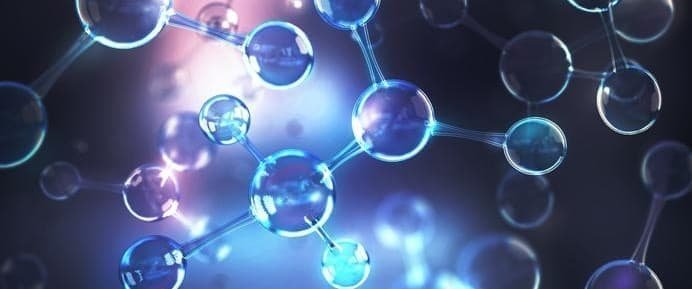
Scientists around the world are racing towards a green energy solution that is cheap, efficient, and scalable enough to replace fossil fuels before our carbon-based economy steers us past the tipping point towards catastrophic climate change. Solar cells are being improved at breakneck speed, wind turbines are being swiftly scaled up, and geothermal energy is being considered in more and more locations, but few projects are more buzzed about than those concerning the “silver bullet” and “holy grail” energy solutions that are green hydrogen and nuclear fusion. Now, there’s news of a breakthrough solution that involves both.
The DIII-D National Fusion Facility, which is operated by General Atomics operates on behalf of the United States Department of Energy (DOE), has long been using hydrogen gas into their tokamak, the massive donut-shaped particle colliders used to create nuclear fusion. But now, a new study indicates that there might be a better way: the use of hydrogen ice pellets. “The studies by physicists based at DOE's Princeton Plasma Physics Laboratory (PPPL) and Oak Ridge National Laboratory (ORNL) compared the two methods, looking ahead to the fueling that will be used in [International Thermonuclear Experimental Reactor] ITER, the international fusion experiment under construction in France,” reports Phys.org.
A constant stream of hydrogen is needed to keep fusion reactors running, and the issue of how to do this the most efficiently and effectively is a question with major implications for the potential future of commercial nuclear fusion. This issue will become even more crucial, Phys.org points out, as these reactors continue to scale up, getting bigger and hotter, as we get closer to achieving said commercial nuclear fusion. “As fusion reactors get bigger and hotter it will become harder for the gas to penetrate into the core of the reactor where fusion reactions take place. New methods thus need to be developed to feed the fusion core without degrading the plasma performance.” Enter hydrogen ice pellets.
The experiments comparing the traditional injection of room-temperature hydrogen gas with the employment of hydrogen ice pellets show that the latter, somewhat counterintuitively, is better for achieving the ultra-high temperatures needed to fuel the tokamak’s hot inner core to achieve nuclear fusion. “The experiments revealed a significantly higher pressure of plasma—a key to fusion reactions—using hydrogen ice compared to gas injection when the rate of fueling is roughly evenly matched between the two methods,” the report continues.
This breakthrough is just the latest in a number of recent discoveries that are bringing commercial nuclear fusion closer and closer to being a reality. Nuclear fusion is one of the most powerful forms of energy production known to man--it’s what occurs naturally to power our sun and stars. Fusion is much cleaner than nuclear fission, the method used in conventional nuclear power production, because it only required hydrogen as fuel, not radioactive materials that leave radioactive waste that stays hazardous for tens of thousands of years, if not more. Fusion is also several times more powerful than fission. The problem is, while we have managed to create nuclear fusion reactions here on Earth, we haven’t been able to do it efficiently, with experiments consuming more energy to make the reaction happen than the reaction itself creates in almost all cases.
But while commercial nuclear fusion is still out of reach, we’ve gotten a whole lot closer in recent years. Last summer, ITER announced that they were, at the time, just six and a half years away from achieving first plasma in their tokamak. Then, just a month later in August, 2019, Oak Ridge National Laboratory reported another breakthrough, which applies new implementation of AI and supercomputing to successfully scale up nuclear fusion and manage plasma. In October of last year, the Los Alamos National Laboratory's Plasma Liner Experiment (PLX) announced their very science-fiction combination of plasma guns, magnets, and lasers in a hybrid approach to fusion that will be up and running later this year. Just last month, Australian startup HB11 began snapping up patents for their own laser approach to fusion.
Now, with the new discovery of a better hydrogen fuel source, commercial nuclear fusion is closer than ever, and the potential implications are impossible to overstate.